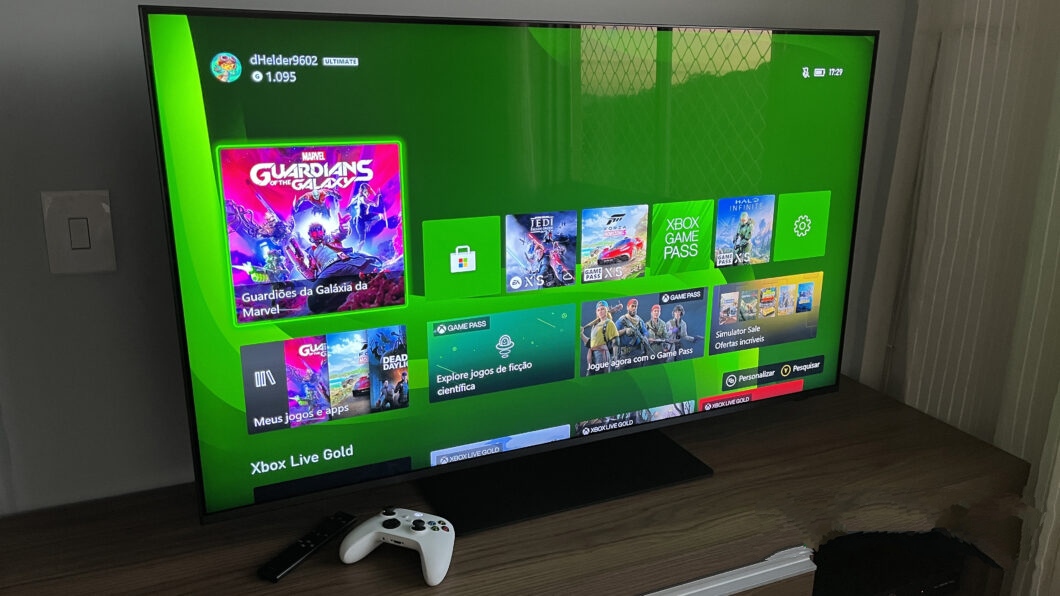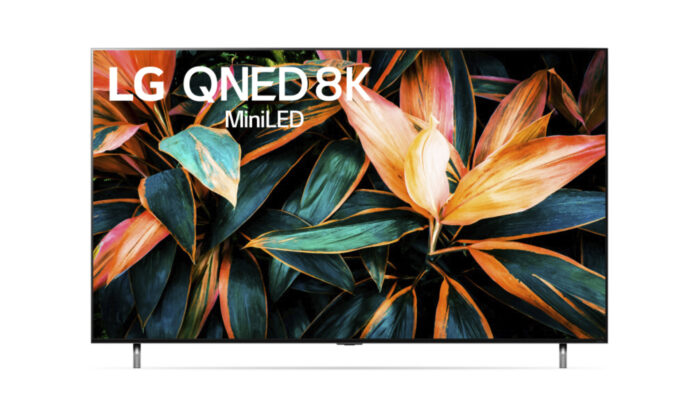
Learn the differences between QLED and Neo QLED, their relationship with Crystal UHD TVs, plus the positives and negatives.
QLED or Quantum Dot Light-Emitting Diodes is one of several technologies present in current televisions that reach 4K resolution or higher. Although increasingly popular, the term still raises doubts. Understand what QLED is , how it works and the main differences from other technologies such as Neo QLED, QNED and what characteristics to look out for when choosing a new TV.
What is QLED
QLED can be seen as an enhancement of LCD. The quantum dots used in the technology are crystals with nanometers in diameter that emit very specific lengths of light. These nanocrystals are composed of semiconductor materials that provide a quantum confinement effect, which occurs when the material’s electrons are limited to extremely small volumes.
Quantum confinement allows nanocrystals the ability to modify and adjust the wavelength of light according to their size, generating different colors without the need for chemical combinations.
Although quantum dot technology received its first commercial applications in 2013, in devices such as the Sony Triluminos line , studies on quantum confinement have been going on since 1982, when Russian scientists identified the phenomenon.
In devices with QLED technology, there is a structure made up of an LCD screen, a film of quantum dots and a backlight composed of LEDs that emit blue light.
The backlight is the set composed of a lamp and other elements that provide the necessary light for the process of producing images in displays that do not produce their own light. LCD televisions usually use a backlight that emits white light, while QLED technology uses a blue light LED.
The nanocrystals present in QLED devices are one of the technology’s differentials, because inside the film, there are specific crystals that reproduce shades of red, green and blue. This operation avoids tonal variations, producing purer, more realistic colors and brighter screens.
Is QLED already the standard or are there still inferior TVs?

Despite gaining popularity, QLED TVs share space with their LCD and LED older sisters. These technologies use a lighting unit and have similar characteristics, although QLED models are brighter and have a wider color gamut.
In addition to these models, there are TVs with OLED technology, which produce images through another method that results in images with different characteristics. Therefore, it is a little complex to define the quality of a device, based only on the technology used.
In a more basic comparison, we can say that QLED screens present more brightness and more vivid colors, while OLED screens offer deeper black levels and greater contrast, due to their individually illuminated organic diode technology that allows each pixel to be turned on or off individually. .
As QLED and LED TV models need a light source to produce images, they have less precise light control than OLED models, resulting in grayer and less faithful blacks.
On the other hand, QLED televisions can offer a greater color gamut, more brightness and tend to have fewer problems with reflections on the screen, something that can make them an interesting choice for brighter environments.
The most important thing at the time of purchase is to be aware of the manufacturer, price range and technical specifications of the models analyzed, taking into account what your budget allows you to pay.
Strengths of QLED TVs
- Brighter screens;
- Larger color gamut;
- Cheaper price compared to OLED TVs;
- Greater energy savings compared to LED models.
Weaknesses of QLED TVs
- Lower black levels than OLED models; black can be greyed out;
- Lower viewing angles than OLED models;
- Higher response times than OLED models.
Is Crystal UHD different from QLED?

Crystal UHD is a term Samsung uses to define its most basic LCD TV models that use an LED backlight and achieve resolutions up to 3840 x 2160.
Devices defined as Crystal UHD are usually cheaper than QLED TVs because they have more modest specifications and reach maximum resolutions of up to 4K. Unlike QLED models, which use quantum dots and can achieve dynamic resolutions between 4K and 8K, depending on the model.
Common Technical Specifications on Crystal UHD TVs:
- Refresh rates up to 60Hz;
- 4K is the maximum resolution achieved;
- They do not have an HDMI 2.1 input.
What is the difference from Neo QLED?

Neo QLED is an enhancement of QLED technology, implemented by Samsung in its devices launched from 2021.
The main difference presented in Neo QLED is the use of MiniLEDs , which due to their smaller size, can be grouped in greater numbers into dimming zones, resulting in more precise light control, better contrast levels and wider viewing angles. .
QNED is the same thing?

Although the acronyms and technologies are similar, they are not the same. QNED or Quantum Nanocell Emitting Diodes is LG’s answer to the QLED used in TVs from Samsung and other manufacturers. The technology used by LG combines quantum dots with a MiniLeds backlight.
In addition to the marketing strategy to have a distinguished name (but not so much), LG’s QNED uses Nanocell technology, created by the company to present more faithful colors and better viewing angles.
Na QLED ocorre o burn-in?
Yup. In QLED TV manuals there are guidelines on avoiding leaving devices on a static image for long periods to avoid burn-in. However, this problem is more related to OLED televisions.
Is QLED good for gaming?
Yup. Although OLED TVs have slower response times, there are good options in the QLED category. When choosing a TV for gaming, make sure the device has a low response time and a high refresh rate, preferably it reaches 120Hz.







